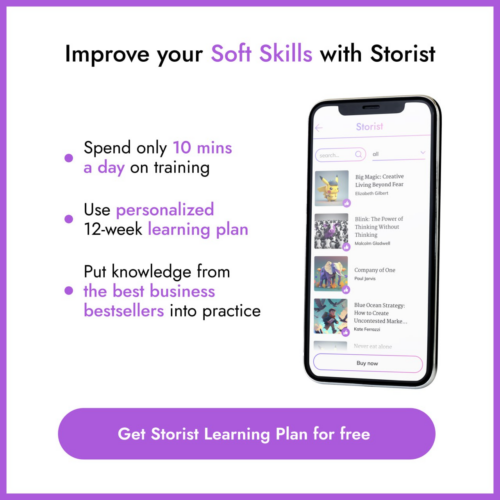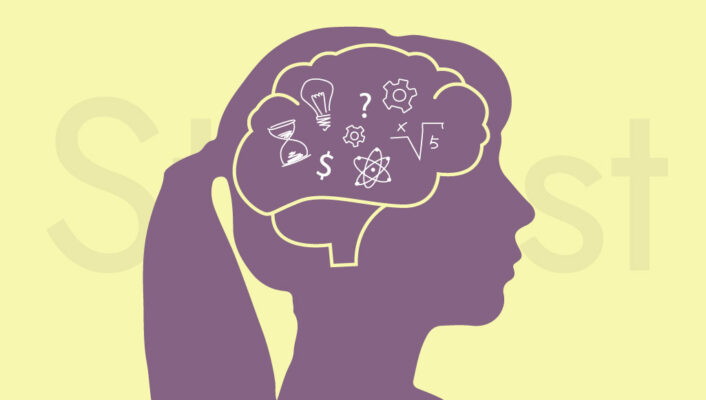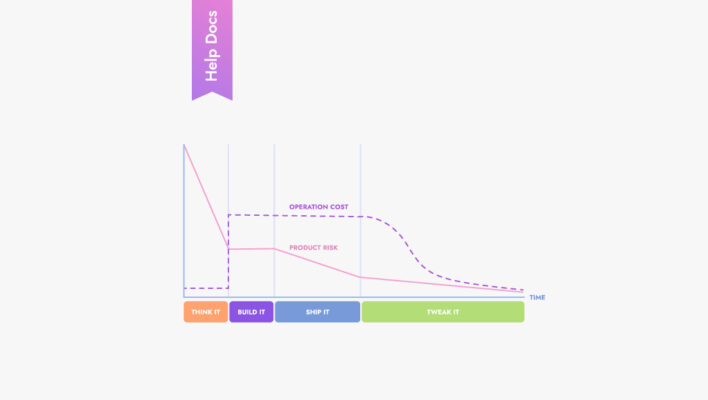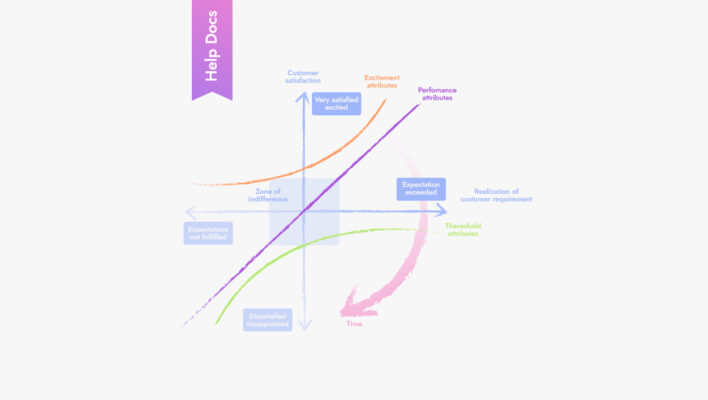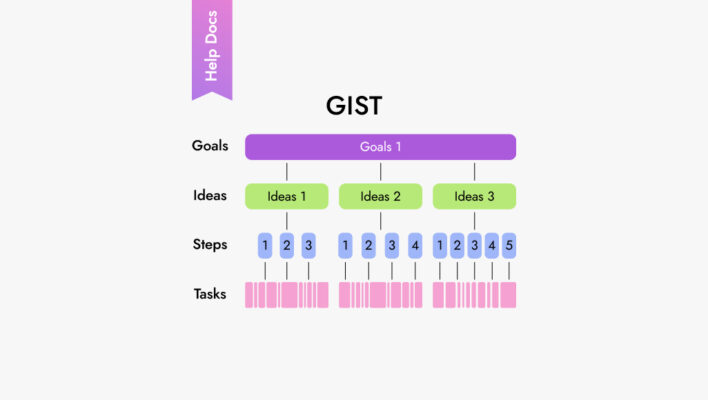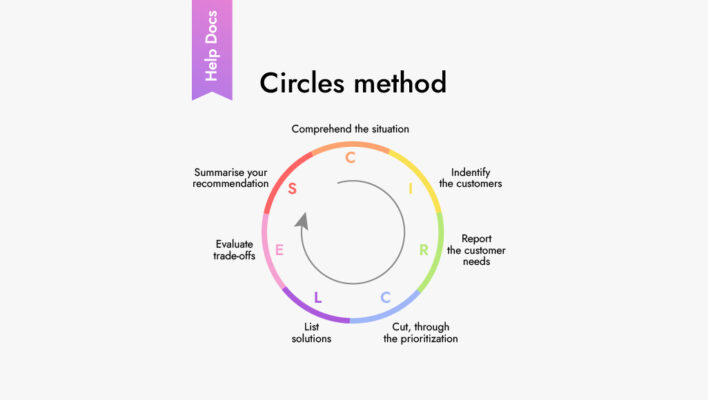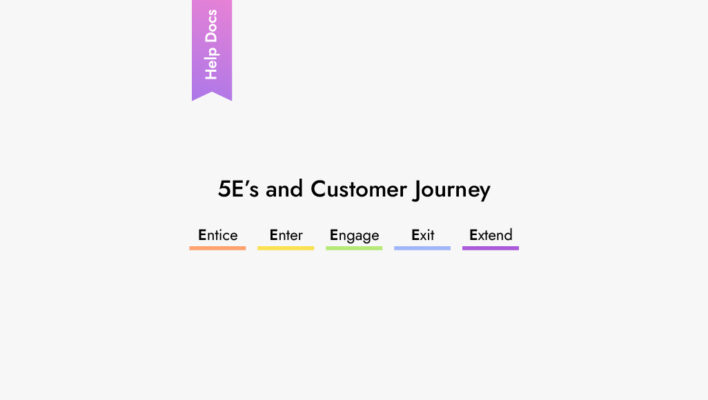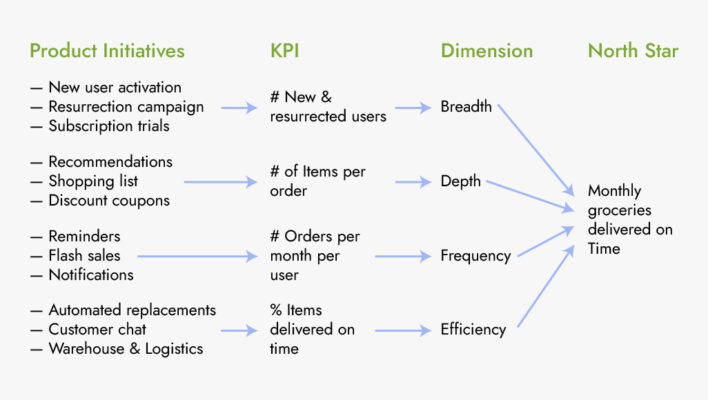The 6 Steps of Productive Thinking Model for generating Creative Solutions
The Productive Thinking Model is a structured framework that helps you solve problems by utilizing critical thinking skills and generating creative solutions at each process step.
The Productive Thinking Model was created by Tim Hurson, a renowned speaker, author, and creativity expert. He designed the model to provide a practical problem-solving and creative thinking approach.
While most problem-solving models focus solely on critical thinking or creativity, The Productive Thinking Model integrates both. It encourages individuals to combine analytical thinking with innovative ideas to find practical solutions.
The Productive Thinking Model can be applied in various business scenarios, such as strategic planning, product development, problem-solving, innovation, and decision-making.

How to use it
The Six Steps of Productive Thinking Model provide a structured approach to thinking and problem-solving. Here are the six steps:
- What is Going On? This step involves understanding the current situation and recognizing what the problem or challenge is about. It starts with identifying the problem, defining it, then examining the context, and comprehending the factors contributing to the issue. By researching the situation thoroughly, you can lay a solid foundation for problem-solving.
- What is Success? In this step, you define what success looks like regarding the problem you have. Identify the desired outcomes and goals that you aim to achieve through the whole process. Clearly defining success criteria will help you create a benchmark, against which potential solutions can be evaluated.
- What is a Question? This step involves transforming the problem into a well-defined question or set of questions. By formulating specific questions, you can focus your thinking and generate targeted solutions. The questions should be clear, concise, and directly related to the problem you are trying to solve.
- Generate Answers. In this step, you engage in a creative process to generate a wide range of answers or potential solutions to the questions posed. The goal is to generate as many ideas as possible without judgment or evaluation at this stage.
Elizabeth Gilbert’s book, ‘Big Magic: Creative Living Beyond Fear,’ can provide valuable insights to fuel your ideation process. In her book, Gilbert explores the nature of creativity and shares inspiring stories and practical advice for embracing your creative impulses.

- Forge the Solution. In this step, you evaluate the generated answers and select the most promising solutions. Analyze the feasibility, potential impact, and alignment with the defined success criteria. Through a systematic evaluation process, you can identify the solution(s) that address the problem best and have the highest likelihood of success.
- Align Resources. Once the solution(s) is chosen, the next step is to gather the necessary resources to implement and execute the solution effectively. This includes identifying and allocating the required human, financial, technological, and time resources. It involves creating action plans, setting timelines, and ensuring that all necessary tools are in place to execute the solution successfully.
By following these steps in the Productive Thinking Model, you can navigate through the problem-solving process with structured thinking, increasing the chances of finding effective and innovative solutions.
Example
Here’s an example of using mental models in a business scenario:
Let’s say a software development company faces a high customer churn rate.
What is Going On? The management team investigates the issue by analyzing customer feedback, conducting exit interviews, and examining customer usage data to understand the reasons behind the churn.
What is Success? The desired outcome is to reduce customer churn and improve customer retention. Success criteria could include decreasing the churn rate by a certain percentage, increasing customer satisfaction scores, and receiving positive feedback and referrals from existing customers.
What is a Question? The team formulates a specific question: “How can we decrease customer churn and improve customer retention in our software products?” This question guides the team’s thinking and problem-solving efforts.
Generate Answers. The team brainstorms using techniques like mind mapping and encourages open discussions. They generate various potential solutions, such as enhancing product features based on customer feedback, providing proactive customer support, offering loyalty programs or incentives, and improving the onboarding process for new customers.
Forge the Solution. The team evaluates the generated answers, considering feasibility, impact, and alignment with success criteria. They select promising solutions, such as implementing a customer success team, developing self-help resources and documentation, conducting customer feedback surveys, and offering personalized onboarding sessions.
Align Resources. The team identifies the necessary resources for implementing the chosen solutions. They allocate resources like budget, personnel, and technology to support the implementation efforts. They establish an action plan with clear responsibilities, timelines, and milestones to ensure effective execution.
By applying the Productive Thinking Model steps, the software development company addresses the issue of high customer churn. They achieve a deeper understanding of the problem, define success criteria, formulate a focused question, generate a range of solutions, evaluate and select the most promising ones, and align resources for implementation of the solution. Through this process, they improve their products, increase customer support, and create a customer-centered approach that reduces churn and boosts customer retention.
Takeaway
The Productive Thinking Model provides a structured framework for problem-solving that enhances critical and creative thinking skills. It helps individuals and teams approach problems systematically, fostering productive meaning by encouraging open-mindedness, generating diverse ideas, and evaluating solutions effectively.
Develop your critical and creative thinking skills with interactive book summaries by Storist. These summaries provide a dynamic and engaging way to absorb valuable knowledge, practical techniques, and thought-provoking insights from renowned authors. Try now.
